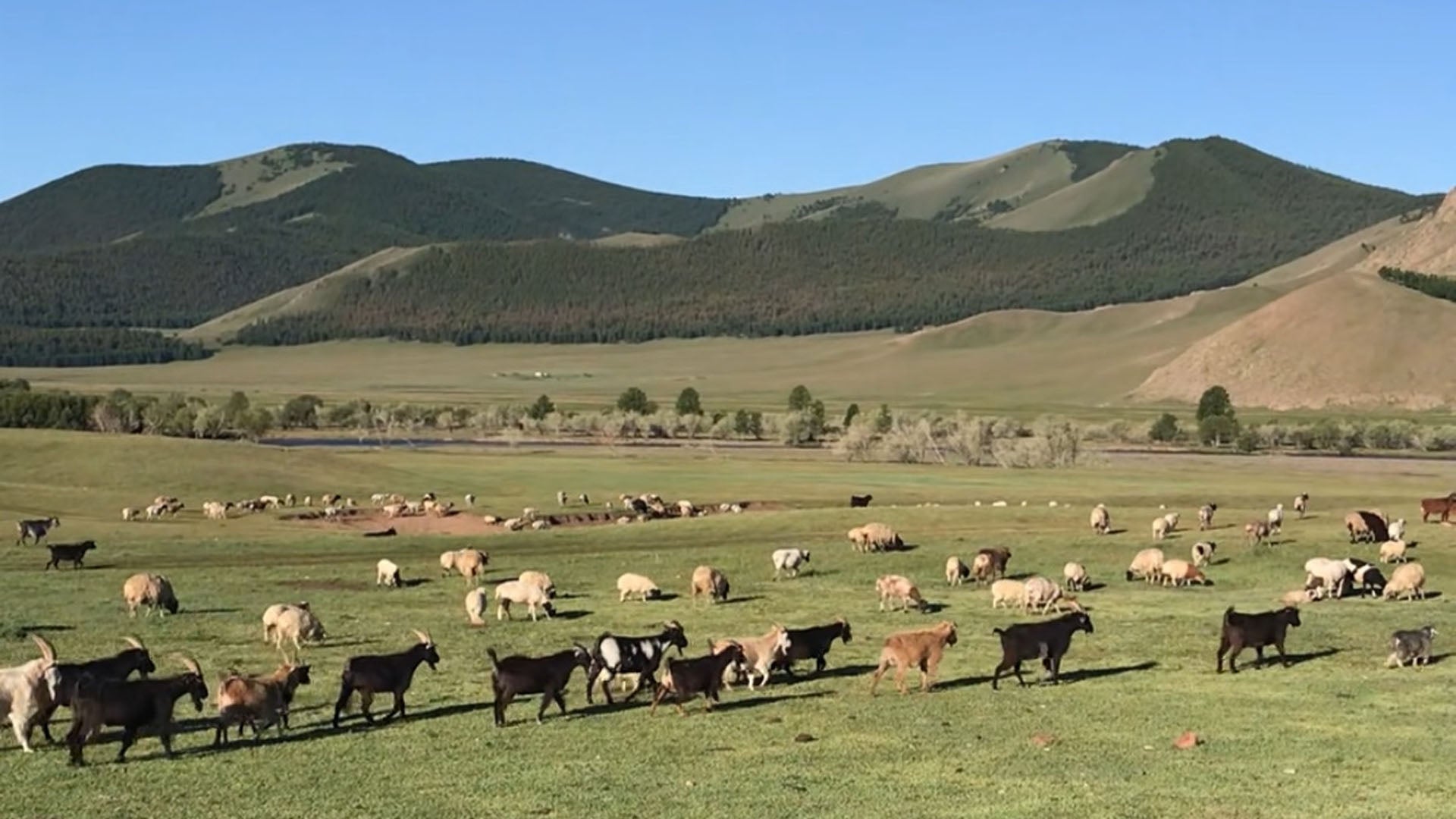Between Algorithm and Breath - About Living with Nature in the Age of Artificial Intelligence

I'm sitting in Ulaanbaatar, the capital of Mongolia, in the late afternoon light, thinking about wool. Animals. Hands. And—almost paradoxically—the World Economic Forum (WEF), which just met here with the Mongolian Economic Forum (MEF).
According to a recent article from July 2025, technology companies should pay more attention to the extent to which their systems depend on natural resources and ecosystems. Even data centers, according to the WEF, rely on energy, water, raw materials, and stable environmental conditions (source: weforum.org).
I find this idea remarkable—and at the same time fragile. After all, how can we "think" about nature when, in everyday life, it has long since appeared only as a data set? When it is no longer experienced, but monitored, modeled, or simulated?
Here in Mongolia, nothing is simulated. The air smells of earth, of animals, and of endless expanse. The animals like yaks, camels, goats, and sheep live in movement, in freedom, in relationships, in the rhythm of the seasons. Their wool doesn't grow according to plan, but rather with the wind, the sun, and the temperatures. Their fibers store what cannot be calculated: shelter and life.
Many things can be measured: temperature, humidity, fiber diameter in microns. But what an animal experiences in the wild—how it roams through nature, how the landscape and climate are reflected in its wool—cannot be captured digitally. It arises where nature is not managed, but rather nurtured, respected, and lived.
Technology can help. Artificial intelligence can too. It can make predictions, refine processes, and organize information. But it can't see an animal raise its head to the wind. It can't feel what wool feels like in your hands. It knows no responsibility—only computational logic.
I don't believe in a conflict between progress and nature. But I do believe that the authentic, the original, comes first. That origins, experience, and respect are not programmable. And that every piece we create carries more than form and color: It carries attitude and dignity, history and meaning.

